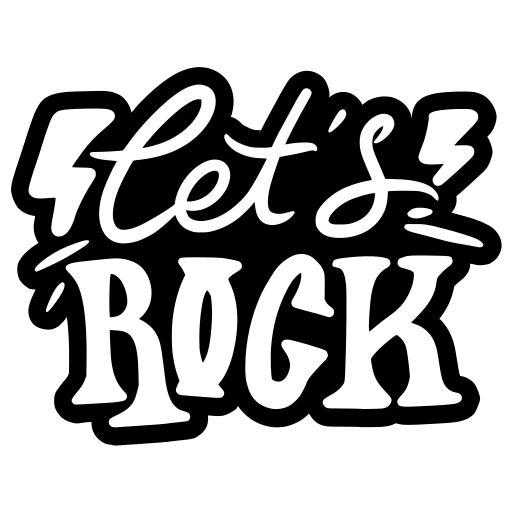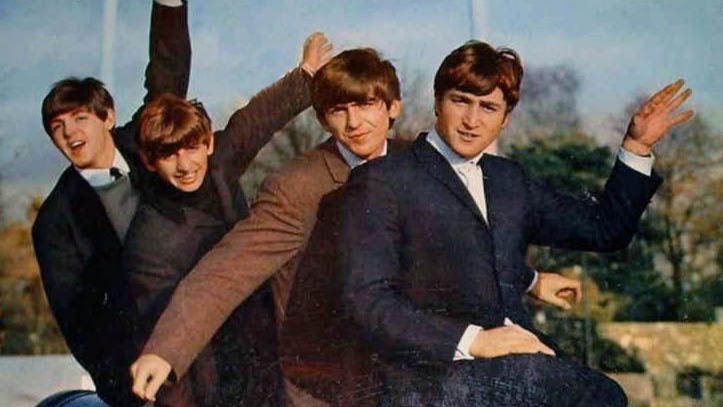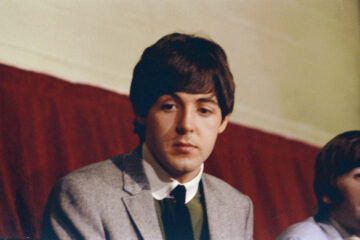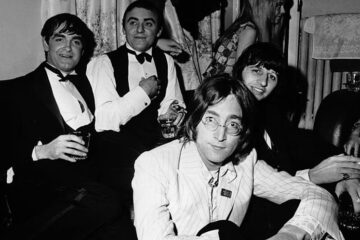While The Beatles may arguably be celebrated more for their extraordinary innovations in the studio, they honed their craft as youngsters performing to live audiences night after night. Before they were famous, and even during the first years of Beatlemania, they would play more than one set on the same day.
The rare clips we do have of the band performing before their chart-topping heyday show a group of performers as tight-knit and hard-edged as any rock and rollers out there at the time. Then there are the remarkable shows caught on camera between 1963 and 1965, which are notable for the deafening screams from the audience as much as the performances themselves.
Following the first-ever stadium gig played to a world-record crowd at New York’s Shea Stadium in August 1965, the quality of The Beatles’ live performances started to wane. The group were tired of the travails of touring, being unable to hear themselves at concerts over the sound of screaming and fans chasing them everywhere they went. Recordings from this period depict a live band whose heart simply isn’t in it anymore.
Run-ins with Filipino royalty and violent threats made against their performances by fundamentalist Christians in the United States were the final straw. The band stopped touring after the final performance of their 1966 US tour at Candlestick Park in San Francisco.
During their six years touring as a band, The Beatles played thousands of gigs across 15 different countries. But which venue did they play more than any other?
The band’s home venue:Hailing from Liverpool at the height of Merseybeat music, it’s only natural that the venue where The Beatles played more than anywhere else was The Cavern Club. This small, literally cavernous warehouse in the heart of the city’s dockland centre began as a jazz venue before becoming Liverpool’s main centre for rock and roll music at the end of the 1950s.
The Beatles played there at least 292 times between February 1961 (during their first “tour” of the Liverpool area) and August 1963. The club is also where Beatles manager Brian Epstein first saw the band play and agreed to sign them to his NEMS agency. He dropped by to watch a lunchtime performance on November 9th, 1961.
Today, the club is a major tourist attraction for Beatles fans and, having been redeveloped and reopened in 1991, is still a venue for live music.
A home from home:The Beatles really knocked their live performances into shape away from the attention of home crowds in Liverpool. For three successive years between 1960 and 1962, they visited the German city of Hamburg to perform.
On their second, third and fourth visits, they undertook mammoth club residencies, performing up to four shows a night for months on end while pumped up on amphetamines given to them by the club owners.
Their longest run was at the venue that hosted the second-highest number of Beatles live shows. The band played a whopping 98 consecutive nights at the Top Ten Club on Hamburg’s famous Reeperbahn strip between March and July 1961.
That 1961 stint featured original Beatles drummer Pete Best and bass player Stuart Sutcliffe. By their final trips to Hamburg, Sutcliffe had left the group and sadly passed away, and Best had been replaced by Ringo Starr.
The band then played two 14-day residencies at The Star-Club, in November and December 1962. They even played shows on Christmas Day and New Year’s Eve. These 28 dates at The Star-Club mark the most performances by The Beatles’ final line-up at any international venue.
Back in the UK, London’s Hammersmith Odeon (now the Hammersmith Apollo) holds the record, hosting The Beatles for a total of 22 dates between December 1964 and December 1965. This venue hosted the group’s penultimate show in England, excluding their impromptu rooftop concert in 1969.
And leaving Hamburg aside, the international venue to host the most Beatles performances was the Olympia Hall in Paris, where the band played for 20 successive nights in January and February 1964. The gigs were the group’s first abroad, too, outside of Hamburg and five shows in Sweden the previous summer.
No wonder they were exhausted by the time 1966 came around.




